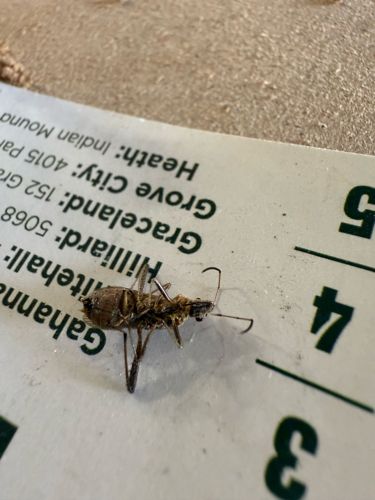Ant
Scientific Name: Formicidae
Order & Family: Hymenoptera, Formicidae
Size: 1 mm to 30 mm (0.04 to 1.2 inches)

Natural Habitat
Found almost everywhere on land, from forests and deserts to urban environments. They build nests in soil, wood, or under rocks.
Diet & Feeding
Highly varied, depending on the species. Many are omnivores, feeding on nectar, seeds, fungi, other insects (both living and dead), and human food scraps. Some are specialized predators or herbivores.
Behavior Patterns
Ants are social insects living in colonies that can range from a few dozen to millions of individuals. Colonies have a queen, male drones, and sterile female workers. They exhibit complex social behaviors including division of labor, communication through pheromones, and building intricate nests.
Risks & Benefits
While ants can be a nuisance when they invade homes or gardens, some species can bite or sting. However, they play crucial roles in ecosystems, including soil aeration, nutrient cycling, seed dispersal, and pest control by preying on other insects. Larger colonies can cause structural damage to wooden structures (e.g., carpenter ants).
Identified on: 9/17/2025